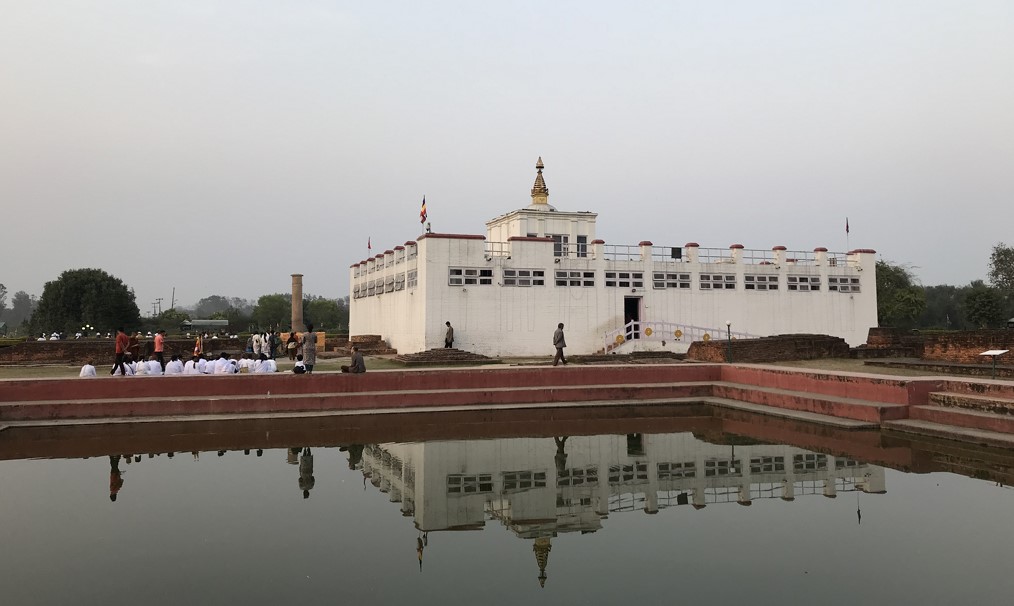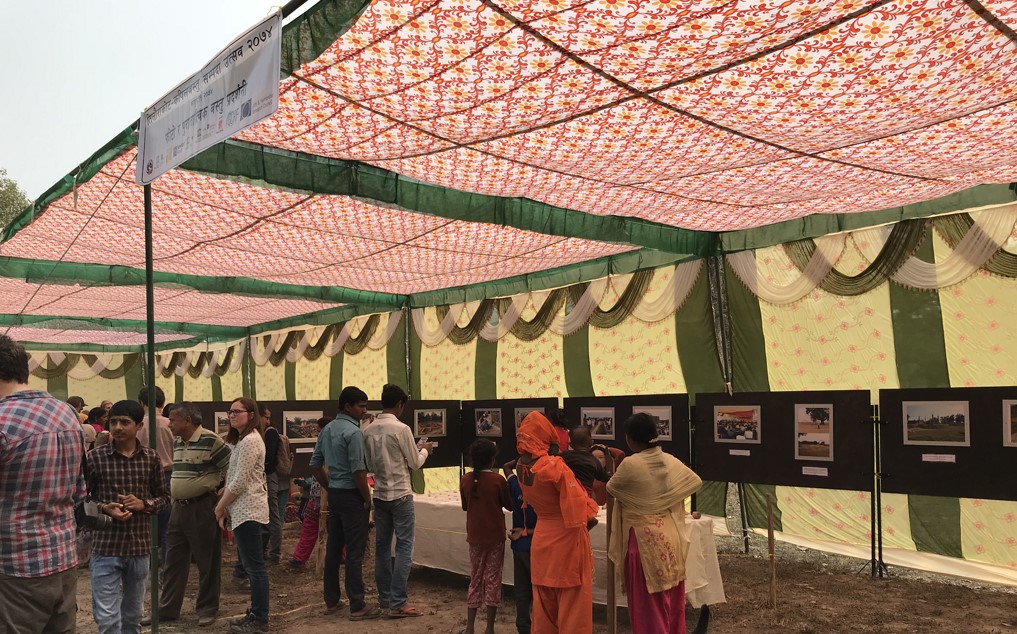
The concept of World Heritage Sites (WHS) was created as an international movement for protecting heritages after World War I. The 1972 UNESCO Convention, concerning the protection of cultural and natural heritage around the world, developed as a byproduct of two separate movements: the first focusing on the preservation of cultural sites, and the other dealing with the conservation of nature.
Around the 1950s, there was a general concern about the recurring flooding of the Nile in Egypt, which proved a challenge to preserve one of the ancient treasures, the Abu Simbel Temple built by Ramses II, 3000 years ago in 12 BCE. The locals appealed for international help, and UNESCO launched an international safeguarding campaign, where 50 countries donated generously to build the famous Aswan Dam across the Nile, which prevented further flooding in the region. Consequently, the task to prepare a convention for the safeguarding of cultural properties was launched by UNESCO and ICOMOS (International Council on Monuments and Sites). This convention was ratified in 1972, which opened doors for the appreciation and concern of outstanding examples of universally significant properties and natural sites to a global community. In reciprocity, the state parties joining the convention, pledging to cherish, protect, and preserve the natural and cultural heritages as a legacy for the future generations. And, thus, the concept of “World Heritage Sites” evolved.
Being enlisted in the World Heritage Site list is an honor for any country, as the inscription adds historical and cultural value to the destination, besides boosting the economy of the country through tourism and having numerous other benefits. However, having this inscription is also a major responsibility for the host nation or state. When WHS properties are not maintained or are in poor condition, UNESCO places them in the danger zone, and also sometimes removes them from the list when the state parties fail to keep its "outstanding universal value” as inscribed.
Nepal, too, is honored to have four of these inscriptions—two cultural heritage sites (Kathmandu Valley, with seven monument zones, and Lumbini), and two natural heritage sites (Sagarmatha National Park and Chitwan National Park). A clarification is seriously to be made for most people who think Nepal has seven-eight world heritage sites! In fact, Nepal got its inscription in 1979 for Kathmandu Valley as a cultural site, and Sagarmatha National Park as a natural site, the year after UNESCO started issuing the inscriptions. It is also great to know that Nepal is the first Asian country to get the inscription. A combination of both cultural and natural heritage of outstanding universal value in a small geography invited many Western scholars to make extensive researches, and attracted tourists to visit the picturesque Shangrila!
I was recently invited to attend the 4th International Scientific Committee seminar and workshop with the theme of ‘Protecting Our Heritage and Fostering Creativity World Heritage’. The focus was on Lumbini, the birthplace of the Buddha; the site was declared a cultural WHS in 1997. The seminar was organized by UNESCO Nepal, joined by stake holders involved in the project. The objective of the seminar was to discuss the second phase of project implementation in the development of Lumbini with the stakeholders. The effort to maintain, improve, and advance WHS was commendable. Unlike the previous years, where only the donors and the primary stakeholders were involved, this year’s seminar was extended/expanded beyond the usual. Experts from the fields of botany, tourism, conservation, environment, and handicraft were also involved to provide information and research for the conservation and promotion of the site with a holistic approach. The seminar discussed efforts to relocate industries, avoid encroachment, government purchase of potential archaeological sites already in private possession, making educational material available about local heritage to local schools, community engagement discussions and programs, and continuing and expanding the archaeological activities to include the sacred stupa of Ramagram for the next year. The list can be never ending, yet the perseverance and commitment of the team is laudable.

Being a part of such a seminar was definitely an eye-opener for me. Generally, we easily complain and find faults in development projects, often forgetting the challenges involved in them. Amongst the various challenges put forward, I felt that, maintenance of a sustainable development balancing the social and cultural preservation was the most intriguing. Modernity, industrialization, encroachment, pollution, human activities, etc., being the numerous other challenges. The other focus of the seminar was also to transmit to the future generation, the religious, cultural, and archaeological value of this site, and to make this a model project where culture can sustain development.
Lumbini, the birthplace of the Shakyamuni Buddha, as we all know, is one amongst the four most important religious destinations in Buddhism. The other three are in India—Bodhgaya, where Siddhartha Gautama attained nirvana (enlightenment) and became the Buddha, Sarnath, where he gave his first sermon, and Kushinagar, where he attained parinirvana (breathed his last). Much literary evidence dating back to the 5th century CE provide a detailed account of Lumbini, where the Buddha was born; however, the site was not known till 1896. During this time, German Archaeologist A. Fuhrer was documenting the pillars with inscriptions of historical significance, especially those erected by Emperor Ashoka, under the Archaeological Survey of India. General Khadga Shumsher Rana, brother of Chandra SJB Rana, and the governor of Palpa at that time, was assisting the archaeologist in Nepal. Before they met, the much talked about pillar was accidently found by the general, buried in the sands of time. Together with the archaeologist, they unearthed the sand and discovered the beautiful pillar with inscriptions in Brahmi script. The script was traced and immediately sent to be transcribed. The transcription read that the pillar was erected by Emperor Ashoka on the occasion of the 20th year of his coronation during his royal visit to the sacred site where the Buddha Shakyamuni was born. Because of the sanctity of this site, the emperor announced a tax-reduction of this area. Calculating backwards, historians have dated this pillar to have been erected in the 3rd century BCE, and identified its location as the birthplace of the Buddha.
Literary sources from Chinese travelers mention that the pillar was surmounted with an animal capital, a typical feature of Ashokan Pillars. However, the pillar currently stands without its capital near the Mayadevi Temple at Lumbini. The other architectural structures were built continuously by many following dynasties till the 12th CE. All these valuable monuments are very fragile and need continuous maintenance. And, for such a purpose, annual seminars are held.
In 1967, U Thant, then Secretary-General of the United Nations, visited Nepal and proposed for the development of Lumbini as a major center of pilgrimage. The International Committee for the Development of Lumbini (ICDL) was set up in 1970, comprising initially of thirteen, and later expanded to sixteen member states. At the national level, the Lumbini Development Trust was formed in 1985 as the caretaker for the complete maintenance and promotion of this site. A master plan for the site was initiated by ICDL, which was conceptualized by Kenzo Tange, a Japanese architect, and winner of the 1987 Pritzker Prize for architecture. The Kenzo Tange Master Plan was finalized and approved in 1978, and it is under the guidelines of this master plan that decisions are taken for this site. The plan follows the Buddhist symbolism and path to enlightenment. Three zones are segregated as the New Lumbini Village, Cultural/Monastic Zone, and the Sacred Garden. One enters from the north, the New Lumbini Village, and begins a journey from the worldly activities to the monastic zone. Engulfed by the religious energies and spiritual purification of this zone, one reaches the beautifully maintained sacred garden, where the holy Mayadevi Temple, the Ashokan Pillar, and the Pushkarini pond are located. Adding to the tranquility and beauty is a water canal linking the three zones. One can either walk or take an electric rickshaw or a boat to reach the sacred garden from the entrance. The area surrounding these three zones is the buffer zone protecting the valuable property.
Coming back to the preservation and safeguarding of cultural heritage, Robin Conningham, chief archaeologist from Durham University, who has been exploring and excavating Lumbini and its associated sites for more that five continuous years in association with the government of Nepal, mentions that this region is one of the best protected and preserved archaeological sites in Asia. This adds further responsibility to the locals, every citizen of the country, and globally, to contribute to the maintenance and increase public awareness of sites with outstanding universal value.
The author is a scholar of Nepalese culture, with special interest in art & iconography. She can be reached at swostirjb@gmail.com











